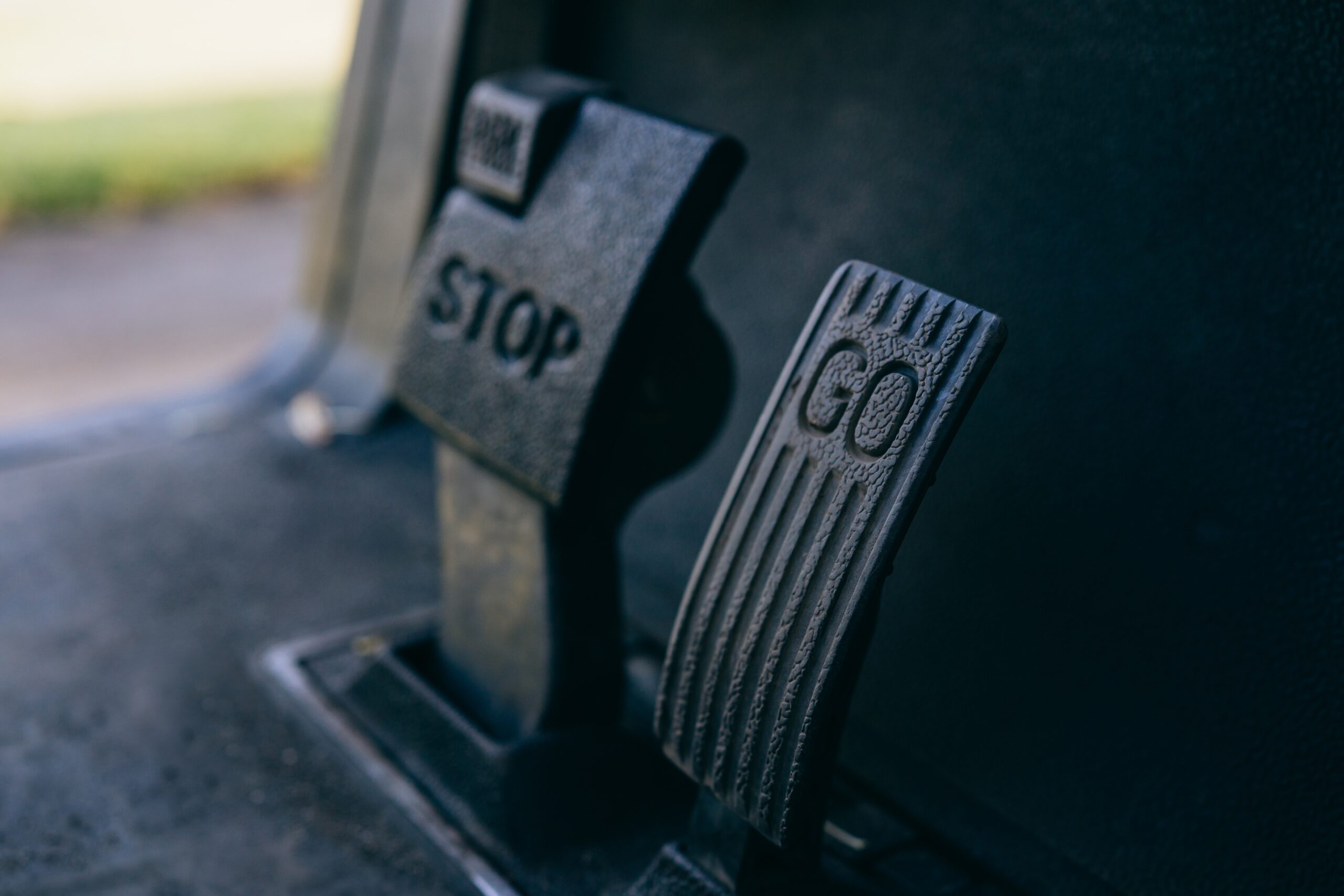It is easy to identify a family’s primary crisis, the addicted person. We know that they are on a path of destruction and they have likely caused significant damage prior to an intervention. Underneath the damage lies a secondary crisis.
Forms of a Secondary Crisis
- Retired parents spend limited money to help their adult child; paying the mortgage, rent or giving an allowance.
- Abuse or theft towards elderly parents by an addicted person (AP).
- Spouse/partners lying to “cover up” what is actually going on in the home.
- Spouse/partner that has been isolated from family, or family has been turned against the healthy spouse that is doing their best.
- Stressed out partner effectively raising children alone to “keep it all together.”
- Child Protective Services involvement.
- Financial problems of the AP and their family, money is missing or not going to the family as a whole.
- Intense arguing in a couple, yelling and possibly safety issues.
- Children having enough emotional intelligence to understand that one of their parents is acting weird.
- Adult children that argue with their parents about how to handle an addicted sibling.
- Adult children that no longer have a relationship with a parent that is addicted.
- Parents that spend time worrying and arguing about the addicted person.
The family desperately wants to fix the primary crisis of getting their loved one sober. The AP is a wildcard; we don’t know if or when they will choose recovery. However, we can start to fix the secondary crisis immediately. This will bring the family recovery no matter what the AP decides.
Consider how much time and energy the family spends talking about the AP. We often hear from a concerned parent, “It’s all I can think about.” Collectively the family can identify the problem, but they often overlook the negative effects that the addiction is having on themselves.
The first step in solving the secondary crisis is to begin practicing “detachment.” Addiction is a tornado that sucks in everything around it. Detachment is the process of stepping out of the path of the tornado and helping the family find shelter. Remember, The AP’s mess is not your mess and you will not stop it by confronting it on your own.
Alcoholics Anonymous
Al-Anon, a mutual-help group for people with alcoholic friends or family members, pioneered the idea of detachment with love. Most Al-Anon meetings begin with this reading:
“Detachment is neither kind nor unkind. It does not imply judgment or condemnation of the person or situation from which we are detaching. Separating ourselves from the adverse effects of another person’s alcoholism can be a means of detaching: this does not necessarily require physical separation. Detachment can help us look at our situations realistically and objectively.
Alcoholism is a family disease. Living with the effects of someone else’s drinking is too devastating for most people to bear without help. In Al-Anon we learn nothing we say or do can cause or stop someone else’s drinking. We are not responsible for another person’s disease or recovery from it. Detachment allows us to let go of our obsession with another’s behavior and begin to lead happier and more manageable lives, lives with dignity and rights, lives guided by a Power greater than ourselves. We can still love the person without liking the behavior.”
Al Anon teaches us:
- Not to suffer because of the actions or reactions of other people
- Not to allow ourselves to be used or abused by others in the interest of another’s recovery
- Not to do for others what they can do for themselves
- Not to manipulate situations so others will eat, go to bed, get up, pay bills, not drink, or behave as we see fit Not to cover up for another’s mistakes or misdeeds
- Not to create a crisis
- Not to prevent a crisis if it is in the natural course of events
Detaching with Love
By learning to focus on ourselves, our attitudes and well-being improve. We allow the alcoholics in our lives to experience the consequences of their own actions. Families must allow the AP to learn from their mistakes in order to detach with love. This includes taking responsibility for ourselves and how we handle our loved ones’ addiction.
In the end, it will be up to the AP to choose recovery. The first step can only be made with their willingness. When we stop trying to control the AP, we let go of the secondary crisis and allow our loved one to choose recovery on their own.
With this perspective, we can see that detachment with love introduces the possibility of a better life to the addict. When they see their family take accountability, and realize their options have run out, they are more likely to follow suit.
Families who drop the secondary crisis and detach with love will feel a major weight lift from their shoulders. There is a deep sense of burden being removed because the family is now responding with a collective choice, rather than an anxious enablement for the addiction. Removing emotional reactions allows us to meet the AP where they are, with love and understanding. The key to a successful intervention is to stop being responsible for the addicted person. Instead we must be responsible to both them and ourselves.
About Adam Banks
Adam Banks is a certified interventionist and the owner of Adam Banks Recovery. After receiving an MBA from the University of Chicago, Adam built a company that was later acquired by United Health Care. His discipline and attention to detail comes from his former career as an airline pilot, holding an ATP, the FAA’s highest license.
Today, Adam is dedicated to helping others achieve long-term sobriety. His work has guided executives, pilots, and physicians on paths to recovery. Adam brings families together through a loving and inclusive approach.
Adam has authored four books on addiction. His recent work, Navigating Recovery Ground School: 12 Lessons to Help Families Navigate Recovery, educates families on the entire intervention process. He also offers a free video course for families considering an intervention for a loved one.
Adam is available for alcohol and drug intervention services in New York, Long Island, the Hamptons as well as nationally and internationally.

















